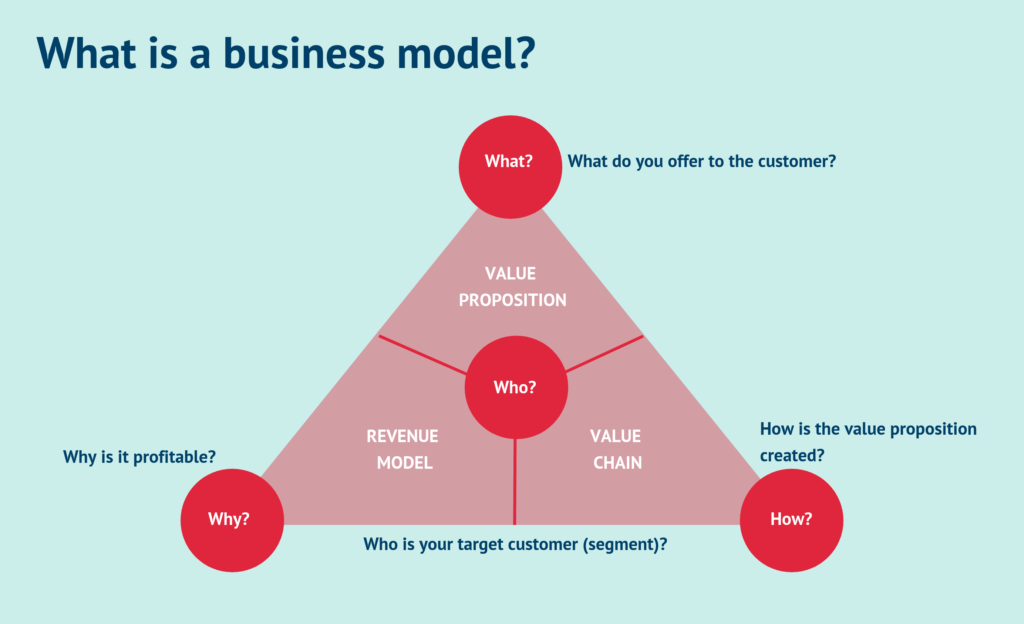
Is your notebook full of good ideas just waiting to be implemented? Have you already developed a business in your head that everyone will be talking about? Then everything is ready to start a startup… Or not? We’ve gathered the steps needed to get started.
But why exactly are startups needed? We recently launched our latest service, Startup Consulting, which was created because we know that the future belongs to those who dare to dream big and invest in innovation. Think, for example, of the overwhelming success of Uber or Net Waiter — all of which couldn’t have come about if the founders were just waiting to make it easier to “taxi” or order food online. But instead, they designed, innovated, innovated – and their calculations came in: with their businesses, they gave people something new, something unusual, which made their lives easier in some way.
Nowadays, universities and colleges where entrepreneurship is taught are becoming more and more popular among young people. Yet these institutions provide theoretical education rather than practice and real-life examples. What’s more, it’s not uncommon for them to be taught from decades of “proven,” familiar curriculum — even though today’s business and market demands are changing so fast that there’s a person on their feet who can keep up with it — and can even teach. Let’s face it: entrepreneurship is not something that can be learned well in a school.
That’s why we’ve now put together a few steps that can help you make an idea that is (and can be) a real business from an idea that’s just in your head right now.
The idea itself
Every success story starts with a good idea… But what is a good idea? If you’ve come up with a new mobile game that you and your friends will love spending time with, you’re not at all sure there will be a demand for it in the market either. When it comes to startup ideas, perhaps this Einstein quote best shows you what to aim for:
“If I had an hour to solve a problem, I would focus on the problem itself for 55 minutes and just spend 5 minutes thinking about the solution.”
Are you starting to understand? A good idea is one that finds a solution to some existing problems in the target market. As a general rule, a good product is like a painkiller – and not like a vitamin. Vitamins are essential for the body, it is good if our vitamin levels are adequate, so we often take them in the form of capsules and tablets. However, if our head hurts, we will not reach for the vitamin, but for the painkiller. If we project this model onto our target market and needs, we can see that it works the same way: if the market has a perceptible, descriptive problem and we can provide a solution to it, we are probably on the right track.
Also Read: Why Singapore is an Ideal Market for Startup Founders?
Validation of the idea
So where are we now? You have a group of people with an existing problem and you have an idea that can help with that problem. Unfortunately, that’s still not enough for a startup to become successful. After all, just think about it: when do you reach for a painkiller? Right after your head hurts? Maybe only in case of a very severe migraine, or already when the front arrived, saying “it will hurt anyway”? And which painkiller do you use among the hundreds and hundreds of brands available?
As you can see, even on a topic that seems as simple as pain relief, there are significant differences between people. Therefore, it is far from certain that your solution will be ideal for them. Therefore, once you have the idea, it needs to be validated.
And the easiest way to validate an idea is the “fake door test”. This means you need to build a website and a marketing campaign – but you have to do it all as if the product actually already exists. So you work out the product, the whole concept, the features, and the pricing as well. Then you upload all this to your website, launch some ads, and watch the reactions. When the number of interested people reaches the set targets, all indications are that there is a real need for the idea you come up with in the market.
Have a plan for your company to enter the market
There can be no business without a business model. Once you’ve validated your idea, make sure you define the main direction you and your team will follow when starting your startup. Do you want to expand at home or abroad? What is the maximum amount of time and money after which (if you don’t start a business) you decide it’s time to look for something else? If you don’t lay down these ground rules, a good idea can unfortunately easily become a waste of money and time.
The plan should be relatively short and to the point, easy to understand even for laypeople. Of course, it’s important to be optimistic about your options, but try to formulate realistic, really achievable goals. Find out about the statistics for your country (ies) to get a more accurate picture of your chances. Learn to present – the business plan is not just about informing yourself and your team: when you are looking for investors, you will need to present something to them as well. One part of it is the business plan and the other…
The prototype
The next step is to come up with a prototype. You don’t have to downgrade or produce the full, final version of your product right away – just a version to demo, present your product or service. This is called the Minimum Viable Product or MVP in startup circles. With a validated idea, you’re well on your way to a real startup. And with a good prototype, you too can get closer to finding out the exact user needs, and prospective investors can get some taste of your business right from the start. And if, based on the prototype, you see that it’s not yet the real thing you can offer customers, it’s still not too late to change – or even approach the idea from a whole new direction.
Also Read: How much does it cost to create a Mobile App in Singapore
Find investors!
This topic is causing a lot of debate among startups. Many doubt whether there is a need for investors at all or whether a new business should rather support itself from profit. In addition, the following issue arises: some startups will already experience success if they have raised enough support for their project – although this does not mean that the business will be successful.
Either way, one thing is for sure: as a start-up entrepreneur, you’ll probably need more resources than you already have, so it’s definitely worth looking for investors. But don’t make the mistake of leaning back after raising capital, since now comes only the good. The goal is always to float before your eyes – and that is nothing more than starting a successful startup.
The key to success: a cohesive team
It doesn’t matter if you’re 2 or 22 on the team. More importantly, these are the people that come out with each other. Try to keep the common interest in mind, but don’t be afraid to pick people with different mindsets, cultures, pasts – you can learn a lot from each other. Do you remember the business plan you wrote? It will now benefit you: it will help clarify guidelines and set common goals. If everyone knows exactly why you’re working, you need to spend less time explaining, meeting, and leaving a lot more time to focus on what you really need: starting a startup.















